Covid-19 doctor shares what life is like on the frontline
I first met Dr Lê Ngọc Hồng Hạnh, whom I often address as Dr Hạnh, in a ballroom dancing class, and she looked nothing like a typical doctor. She was petite, cheerful, and passionate about dancing.
The only doctor-like traits my classmates and I saw in her were her excellent memory and incredible discipline. Despite her hectic schedule, she rarely missed a class and eventually leapfrogged ahead of us to become the top student.
After the fourth Covid-19 wave struck, our ballroom dancing classes were halted and I haven’t met Dr Hạnh in person ever since.
When our city started calling all physicians to volunteer, I knew that Dr Hạnh would join the frontlines. Nonetheless, I couldn’t help but wonder how a smol person like her would cope in a Covid-19 ward, moving about in PPE and carrying heavy equipment around.
To find out, I contacted her for a glimpse into her first-time journey as a Covid-19 physician.
A day in the life of a Covid-19 medical worker
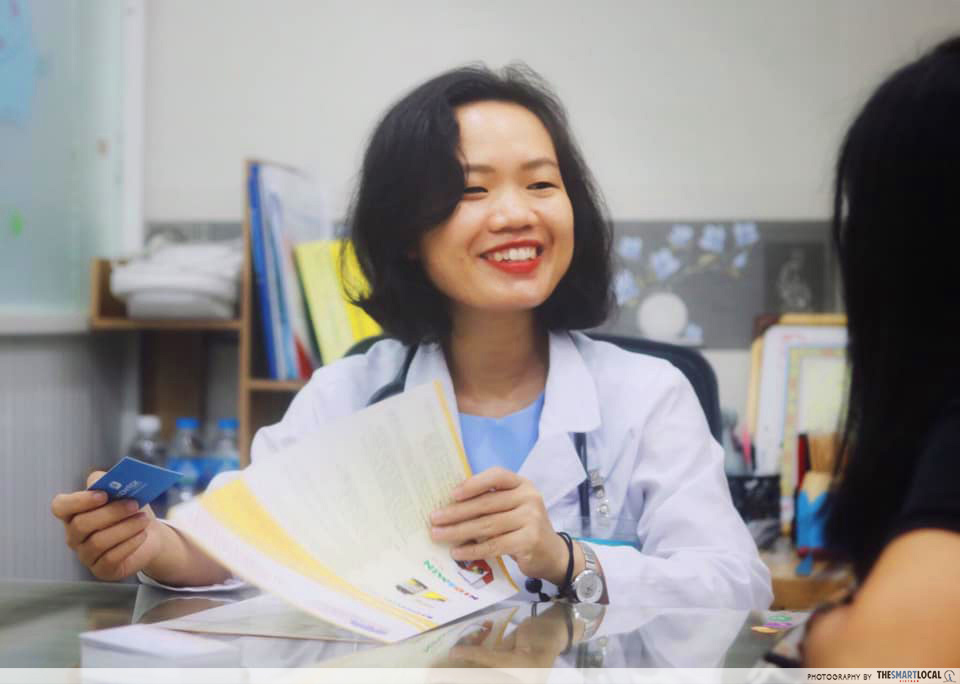
Dr Hạnh is a pediatric physician
Taking us back to her first day in a Covid-19 ward, Dr Hạnh shares that everything felt like a curveball to her.
For context, a day in the life of a Covid-19 medical worker goes a little like this:
Hearing the endless pulse and hum of breathing machines that pump air into patients’ lungs. Resisting the urge to use the bathroom, drink water, and to scratch an itchy nose.
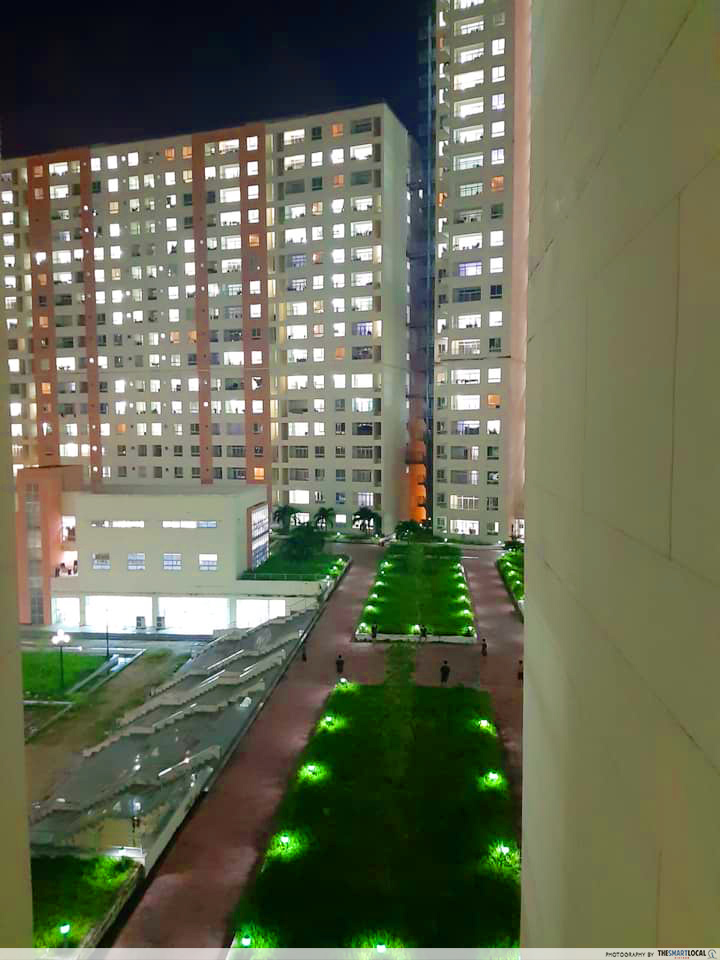
Thu Dung Hospital No. 11 where Dr Hạnh is working as a Covid-19 doctor
Taking countless trips across the floors to deliver items and 50KG oxygen tanks to patients’ rooms. Keeping one’s ears open at all times for sudden emergencies, and staying up all night because of the unpredictable work schedules.
Now imagine doing all that under several layers of personal protective equipment (PPE), including an isolation gown, gloves, a face shield, and a respirator.
Dr Hạnh, a physician at HCMC Pediatric Hospital II, describes what it’s like to be decked out in PPE for at least 5 hours on end.
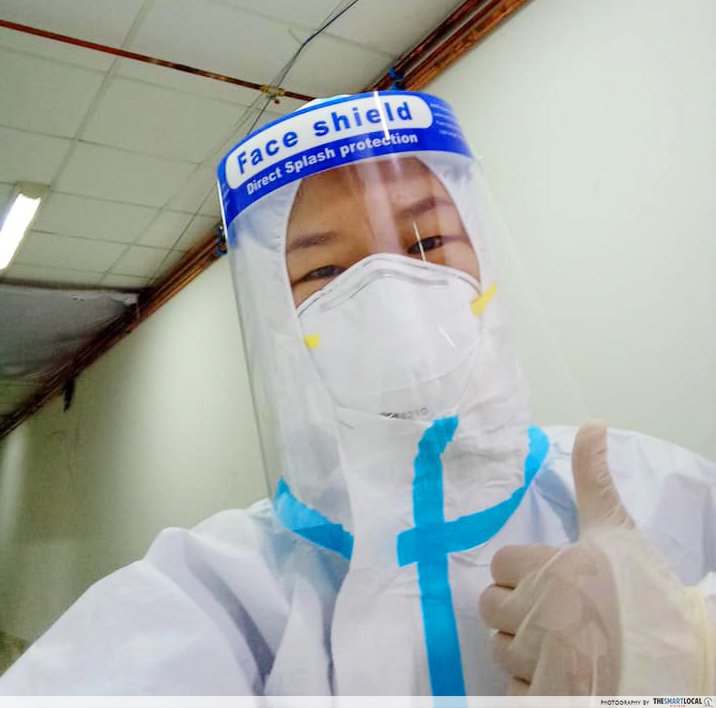
“My sweat streams into my eyes and ears while my throat burns with dryness and my lips with saltiness. My face shield gets so foggy from my breath that I can barely see anything in front of me.”
Wearing a PPE might be time-consuming and inconvenient, but it’s not an excuse to slow down.
Remaining professional in the face of death
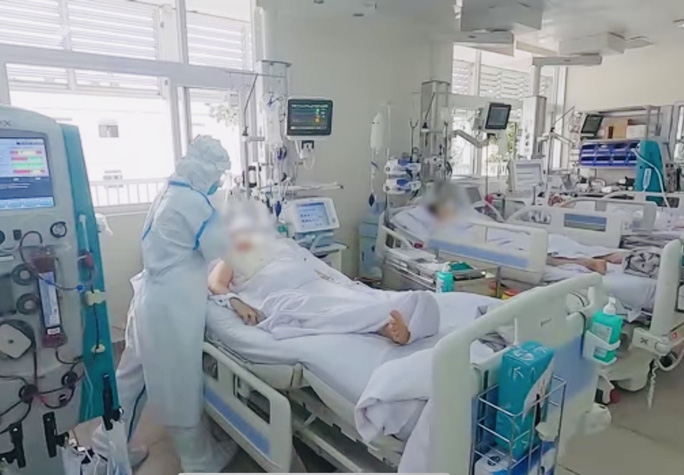
A Covid-19 ward in Ho Chi Minh City. For illustration purposes only.
Image credit: Người Lao Động
After two months in a Covid-19 ward at Thu Dung Hospital No. 11, Dr Hạnh has now gotten used to the lightning-fast pace of work.
What is harder to acclimatise to, are the heart-wrenching events she is privy to.
Dr Hạnh recounts just one of many cases – involving a patient in his 70s – whom she encountered during lunch time.
On his way back from a bathroom trip, the man fainted on the floor due to low blood oxygen levels. To assist him, four medical workers – including Dr Hạnh who was on a different floor – rushed to put on PPE and ran to the elevator.
The elevator doors opened to a white, antiseptic-smelling room where the patient was lying motionless on a dull, grey marble floor in the midst of tubes and pumps.
A doctor checked the patient’s vital signs, while another compressed his chest to get his blood circulating. The team decided to intubate him, locating his windpipe to administer mechanical ventilation.
They moved him to a bed in the ward, and the procedure went on without any disruption. However, surrounding patients witnessed the scene in complete shock.
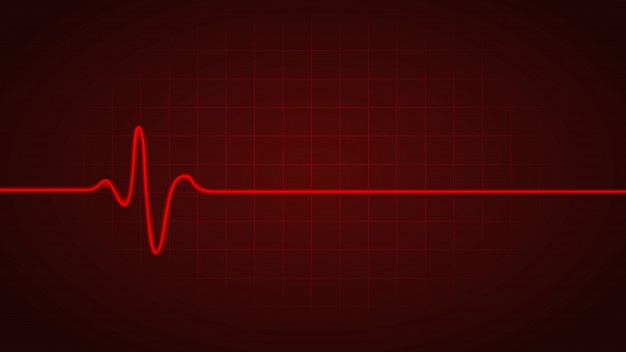
For illustration purposes only.
Image credit: freepik
Two hours later, the monitor sounded with alarming beeps, followed by a flatline as the patient’s vital signs dropped to zero. The man eventually passed away despite the medical team’s extraordinary efforts to save him.
She recalls a patient’s death with a slight quiver in her voice, “As a doctor, I feel extremely uncomfortable seeing that.” However, there is no time for emotions or reflection because a new emergency keeps arising.
“We have to move on and attend to other patients instantly,” she explains. “Every second is precious.”
As professional as she sounds, moving on from a death is not that easy. The incidence of death also sometimes leads to doctors wondering if there’s more they can do.
Every second counts when doing one’s duty
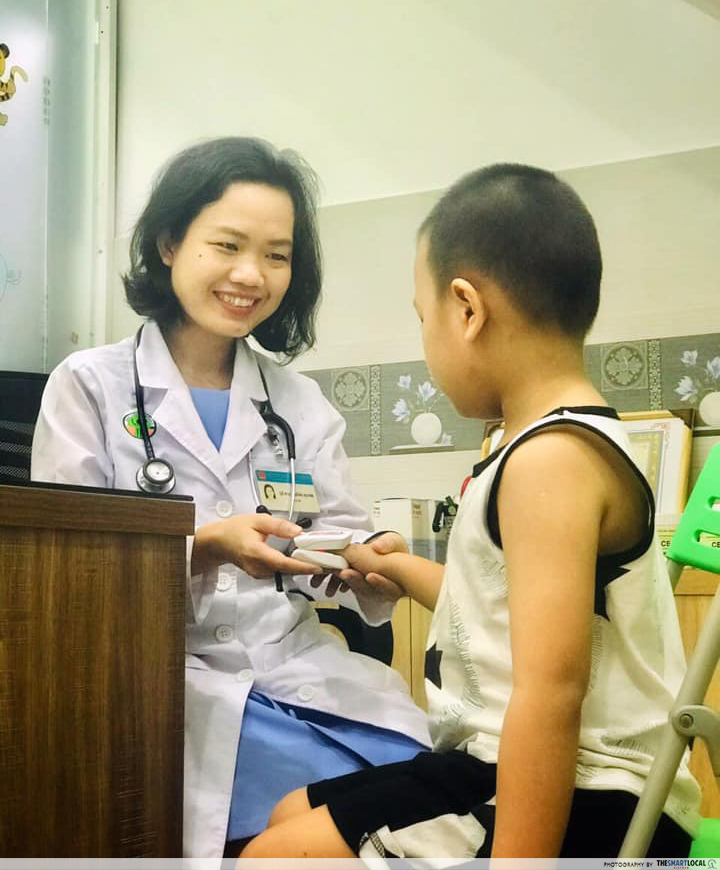
Despite 8 years of experience, Dr Hạnh finds treating Covid-19 patients a daunting task.
Treating respiratory diseases is not Dr Hạnh’s expertise, and she had less than 24 hours to prepare herself before reporting to duty at a Covid-19 hospital.
“They gave me materials to read through on my first day and I had to learn fast through observation,” Dr Hạnh talks about her roller-coaster ride of hands-on training.
Determined to become more helpful and assertive when making life-and-death decisions, Dr Hạnh Lê spends her break time browsing Covid-19 information.
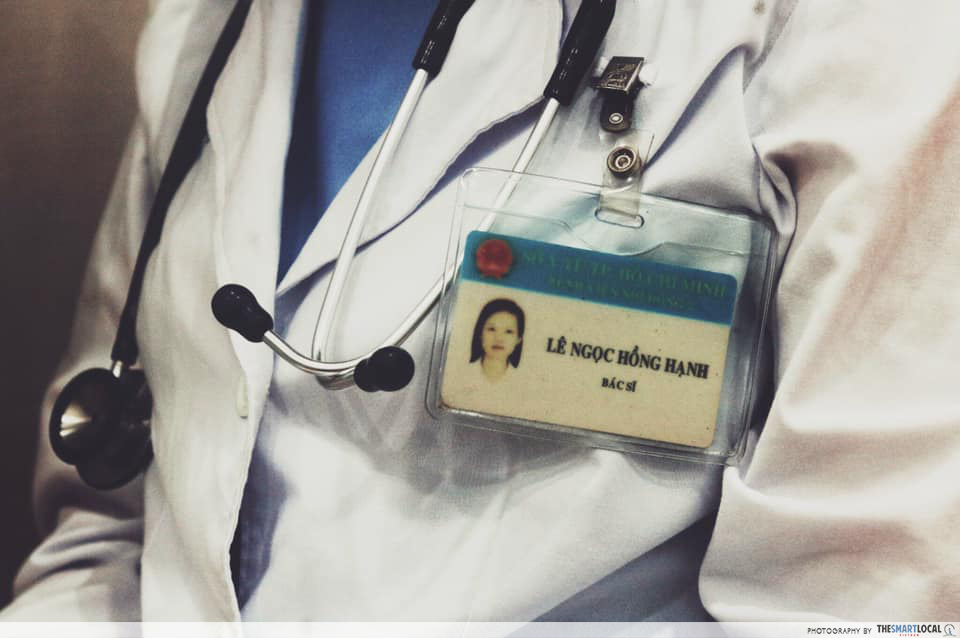
Treating Covid-19 patients is an uphill battle
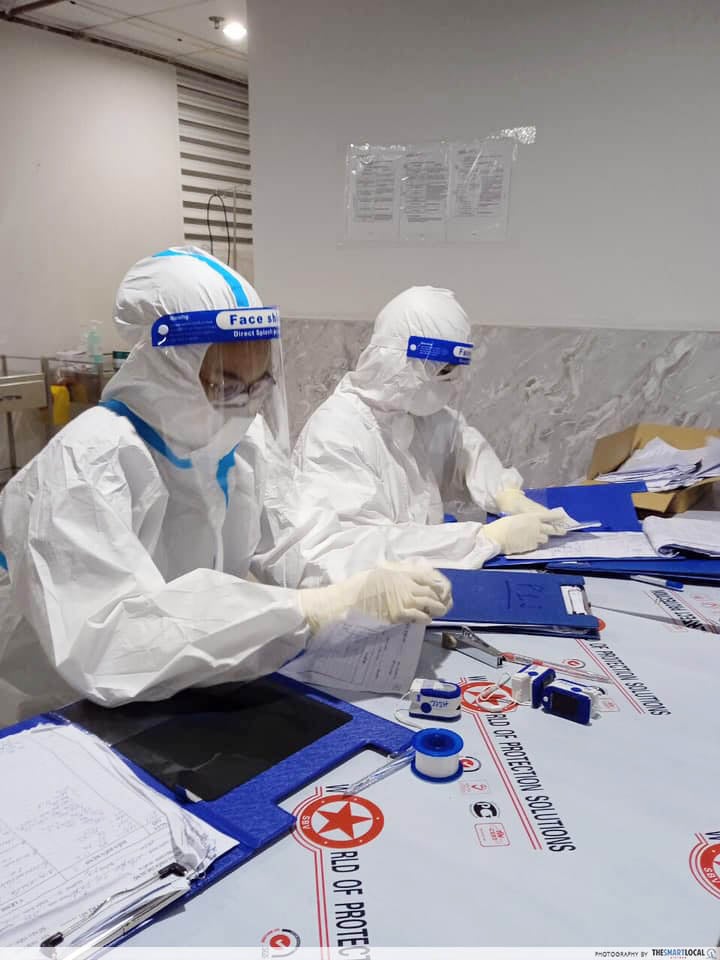
“A Covid-19 patient’s condition evolves extremely fast,” she shares, in reference to the danger that the novel coronavirus poses. “Within a short time, they can go into a coma and die when their blood oxygen levels drop.”
“That’s why medical workers have to be on their toes and responsive 24/7,” she says.
Sustaining a critically ill patient’s life is hard, and comforting those who are still clear-minded enough to overthink is no less challenging.
“Many patients don’t realize how ill they really are,” she shares.
Some patients resist wearing oxygen masks as the airtight seal over their mouths feels uncomfortable. She’s spotted patients who’ve removed their masks or left their beds. Many weep, yell, and insist on going home as they hit rock bottom physically and mentally.
“We have to beg them to put oxygen masks on and focus on breathing,” she concedes the challenges of working with defiant patients.
Dr Hạnh describes some Covid-19 patients’ mentality: “Their fear of death is there already. When patients see doctors using breathing equipment on them, they think that the worst is coming and just hit the roof.”
Aware of the anxiety and fear that their patients have to go through, Dr Hạnh and her colleagues try their best to be patient with them.
When patients feel lonely and scared, medical workers console them. But who will be there for medical workers when they themselves hit rock bottom?
Burnout is real, but they press on
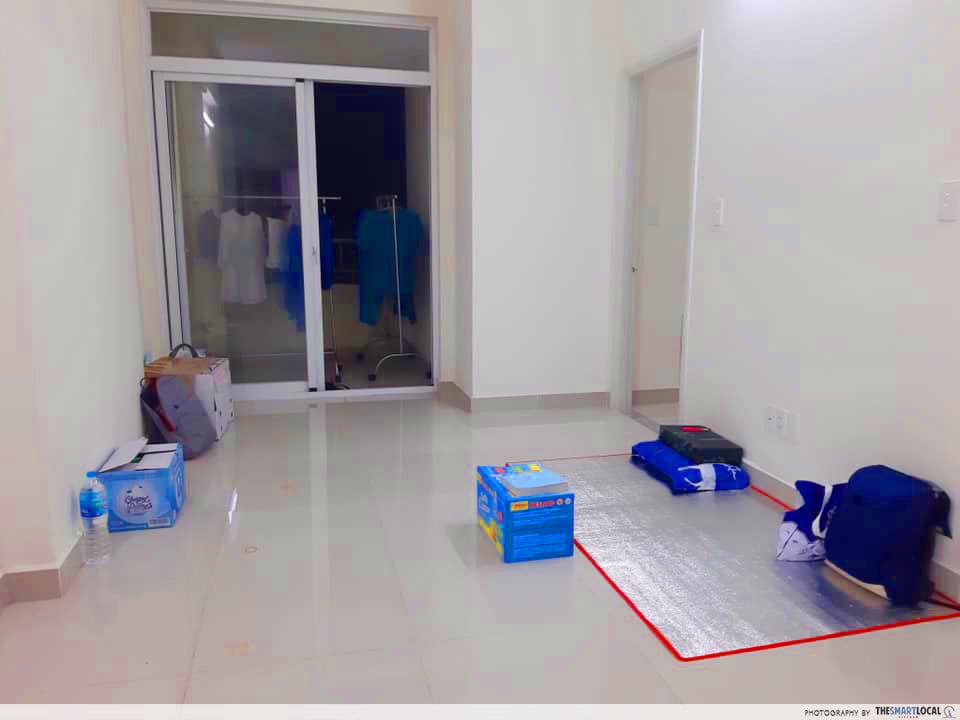
Dr Hạnh’s room at the Covid-19 hospital where she’s working.
According to Dr Hạnh, many of her colleagues burst into tears and said that they wanted to go home because of burnout and distress. Many medical workers in the hospital are married with children. Therefore, they also have fears of getting infected, she acknowledges.
Who isn’t afraid of death? Even so, medical workers know that they must use the knowledge bestowed on them to stop as many deaths as possible.
With this in mind, Dr Hạnh often volunteers to work her married colleagues’ shifts whenever she can because, as she says, “I live alone. I’m a better fit for this job.”
Besides, being helpful when needed also prevents her from feeling guilty or selfish, given the staffing shortage that every hospital is grappling with.
“If my family gets infected, I hope they can get sufficient help from enough medical workers,” she acknowledges. “Therefore, I want to be here so I can treat others how I want my family to be treated.”
She explains with a giggle when asked about the media focus on medical workers’ heroic sacrifices, “Don’t dramatize our motives and make us out to be heroes. We’re just human.”
As a famous saying goes, “Being human is a given, but keeping our humanity is a choice.” By making the choice of saving lives at the expense of risking their own, Dr Hạnh and many medical workers out there have, by chance, become real-life heroes in the eyes of many.
Medical workers are heroes, but they’re also human
Four months into the worst medical crisis in Vietnam’s history, thousands of doctors, nurses, paramedics, and medical students have joined the Covid-19 frontlines. The media has dubbed them “heroes” to acknowledge their hard work.
After hearing Dr Hạnh’s story, they are indeed heroes in every sense of the word, but they’re also human.
They fear death, feel exhausted, and get angry at themselves for making mistakes. They miss their families and loved ones dearly. Most of all, they have dreams, hobbies, and at least one of them – like Dr Hạnh – still dances.
After the interview has drawn to a close, I ask Dr Hạnh if she still remembers any rumba steps from our last lesson, say the ‘Sliding Doors’ or ‘New York’ moves.
She bursts into laughter at my question, “Yes, I’m still practicing the spot turn technique during my free time.”
In that case, I look forward to reuniting with her on the dance floor once this is over.
Also check out:
- Covid-19 doctor begged for a last look at husband who died of Covid-19
- Choosing to stay: confessions of a Saigon real estate agent amid Covid-19
- Vietnam’s road to normalcy starts with vaccine passports
- Covid-19 commentary: a gradual transition is the way out for Vietnam
- Housing in Vietnam: comprehensive guide to renting in Saigon, Hanoi, Danang
Cover image adapted from: The Smart Local Vietnam
Enjoying The Smart Local Vietnam? Follow us on Facebook, Telegram, Instagram, and LinkedIn for more stories like this. If you have a story to share, email us at pressvn@thesmartlocal.com.
